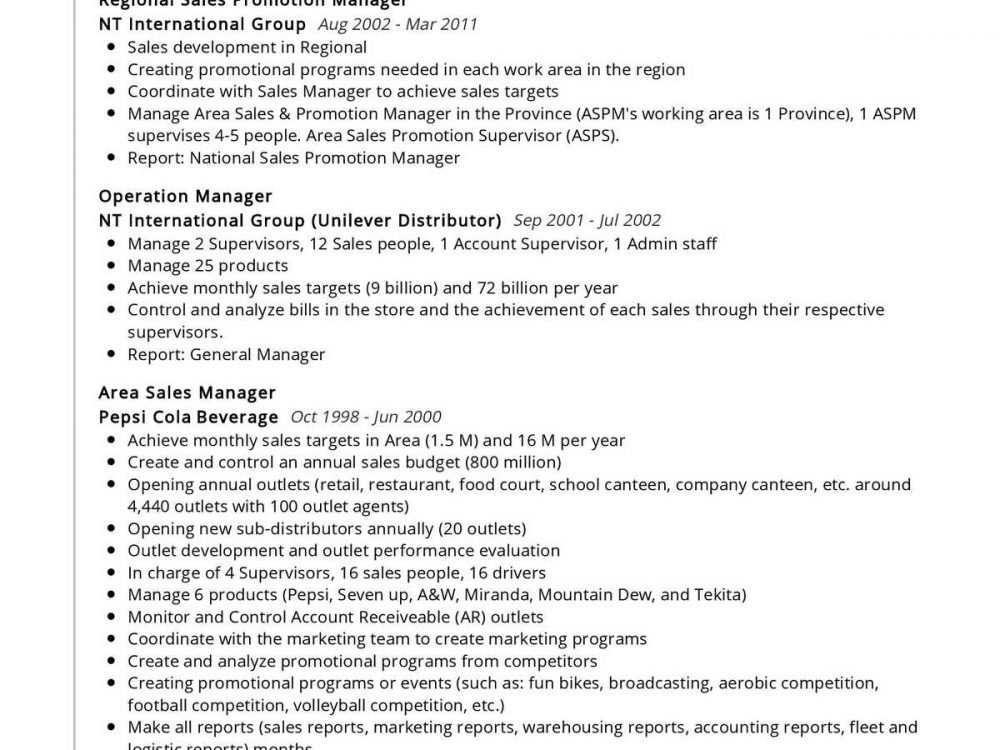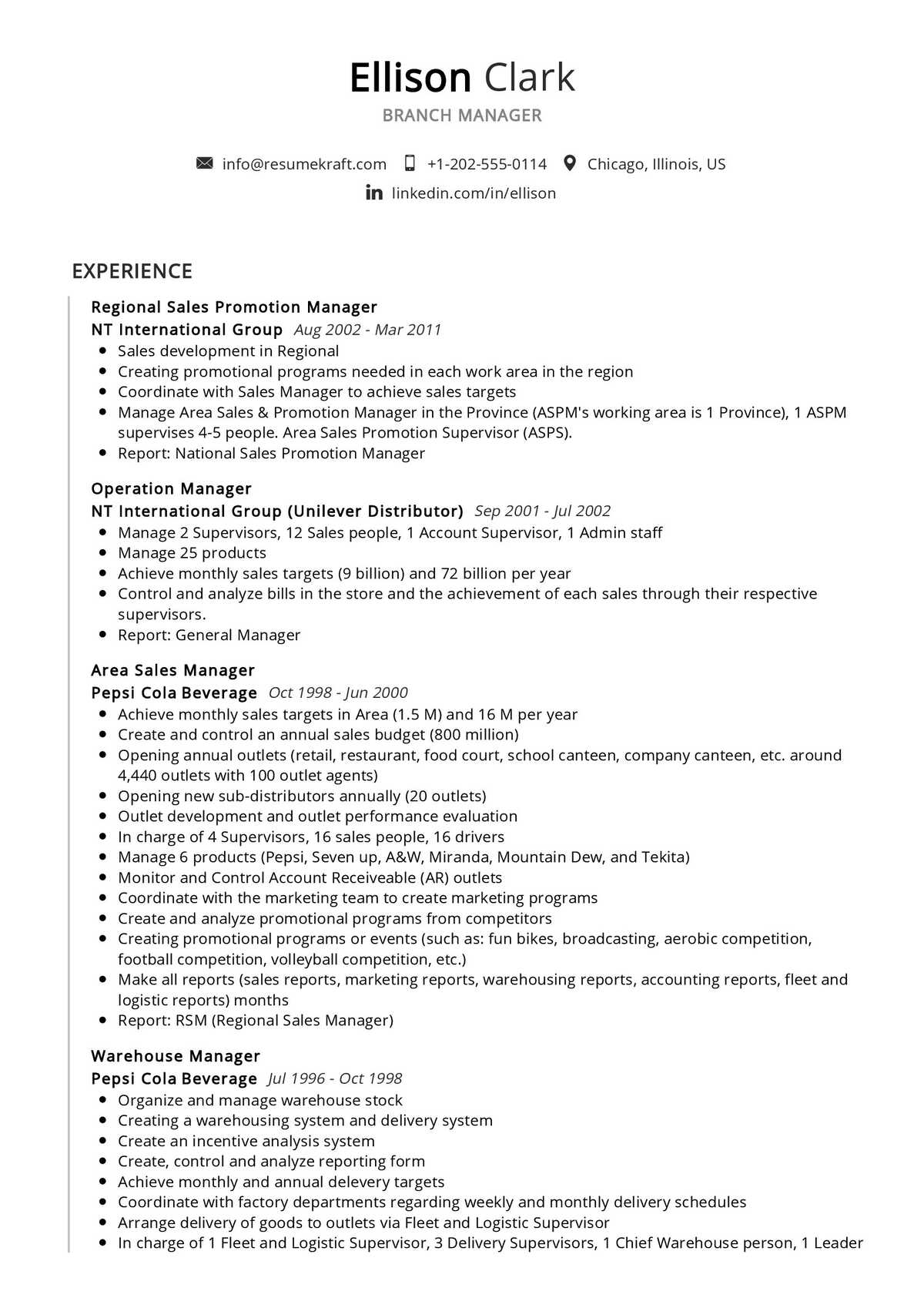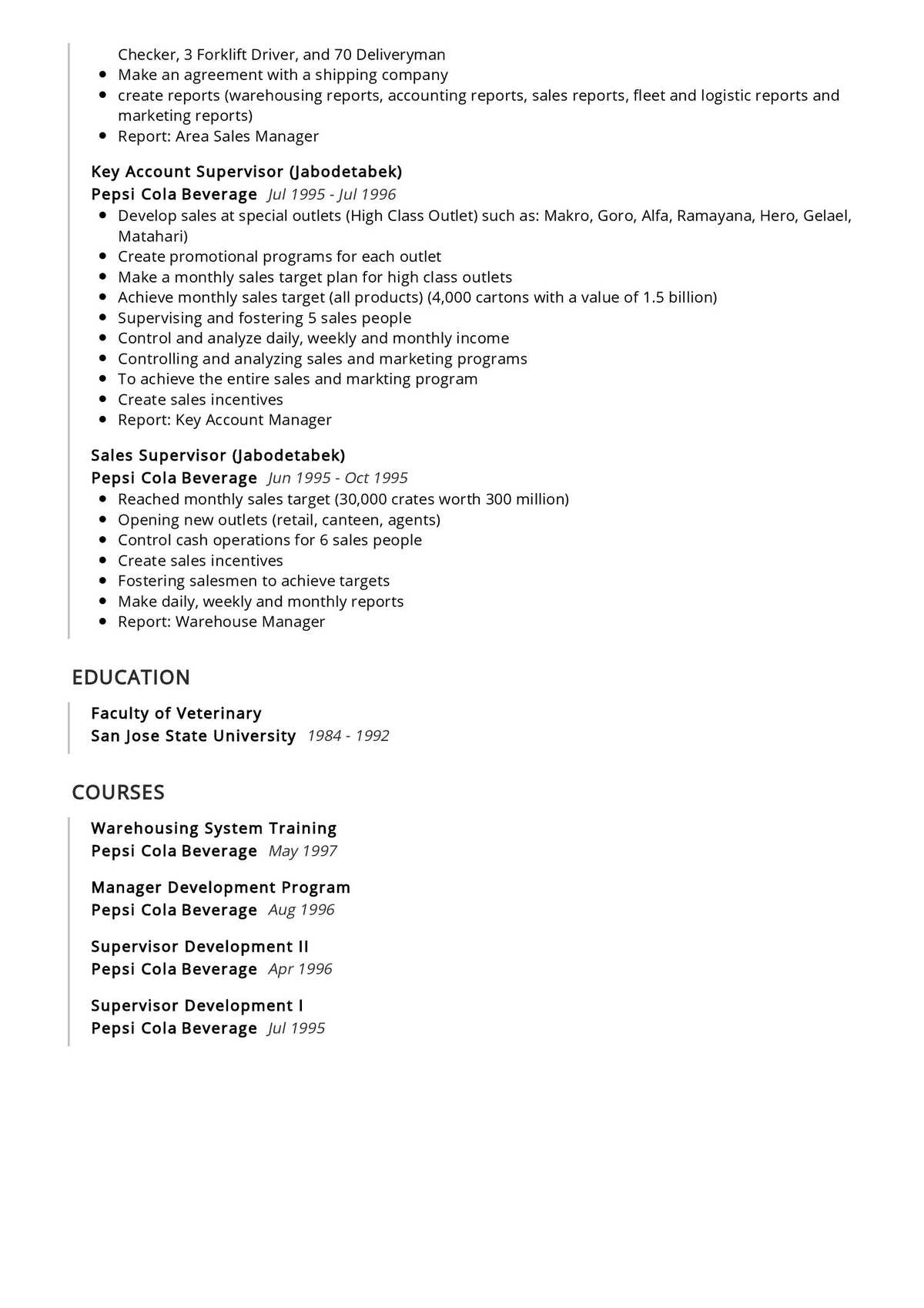Branch Manager Resume Writing Guide
A well-crafted resume will get you noticed.
Do you know how to compose the perfect branch manager resume? While there are many different formats for resumes, including chronological and functional, it is important to tailor your resume to match the position. Customizing your resume and cover letter is crucial because it demonstrates an understanding of the employer’s needs.
Do you know how to package your experience and skills for the best presentation? It’s not just about the what, it’s about the how.
A resume will get your foot in the door, but it won’t land you the job. Learn why a resume is only one piece of the puzzle and follow this guide on how to craft a winning resume.
What employers are looking for in a resume
What type of resume is best? A chronological resume allows you to list your work experience in order of importance, while a functional format lists skills and accomplishments. Most people find the functional format more comfortable because it’s easier to read quickly. But when replying to emails or applying for jobs, the chronological format is usually preferred because it can showcase your experience in a way that shows specific skills and achievements.
Employers want a good picture of who you are and what makes you valuable. A resume is your opportunity to highlight your skills, accomplishments, and experience in a way that wins you the job. Your resume needs to be more than just a job description. It should communicate your passion for the industry and how you can add value to the organization’s success.
Highlight skills, abilities, and accomplishments that match the employer’s needs. Don’t simply list skills or use general terms that could apply to anyone applying for any position such as detail-oriented or team player. Instead, be specific. Why should an employer hire you? What can you do for them?
Focus on how your experience and skills make you an asset to the organization. Work to make each bullet point stand out. Be clear about why you are qualified for that position and what value you could bring to the organization.
Address any gaps in work history with job responsibilities or volunteer activities that match the position.
Tips to write a Branch Manager Resume Summary and Objective:
List your relevant education and your work history. In this section, you should include where you went to school, what degrees and/or certifications you’ve obtained, and where you’ve worked in the past. Try to include only the most relevant information (i.e., you can omit irrelevant jobs or positions that were part-time or held very briefly, such as seasonal or internship work).
Depending on the format of your resume, consider writing a Resume Summary at the top of your resume or including an Objective at the top of the document. A Summary or Objective gives readers a quick snapshot of what you’re looking for and why they should hire you.
Sample Branch Manager Resume Summary:
Recent graduate with extensive customer service and managerial experience. Seeking a position as a branch manager to further grow my knowledge of customer relations and develop my managerial expertise. Excellent communications skills and problem-solving skills make me an ideal candidate for this position.
Sample Branch Manager Resume Objective:
I am passionate about customer service and professional development. My duties at my last job as an assistant manager were varied, but I am confident that my organization is looking for a strong manager who can efficiently manage the entire branch. I have developed skills in PR/marketing consulting, sales, and operations management.”
Top 15 Must-have Branch Manager Skills:
- Decision-making abilities
- Leadership skills
- Problem-solving skills
- Time management skills
- Honesty and integrity
- Detail-oriented person
- Customer service skills (incl telephone manners)
- Motivation and mentoring skills
- Analyzing and developing the ability
- Communication, organizational & analytical skills
- Ability to work independently and /or a team
- Marketing and professional relationship building skills
- Ability to analyze financial data and developing a plan of action
- Proactive, creative problem-solving abilities
- Motivational & leadership skills
Steps to writing Branch Manager Resume:
Step 1: Customize Your Resume For Maximum Effectiveness
First things first – customize your resume. No two resumes are alike, so why should you have the same resume as everyone else? By using a standard resume template or one provided by your HR department, you run the risk of having your resume passed over in the ‘no pile’ if you don’t set yourself apart from other candidates. When you customize your resume, you make sure that your resume is not only well-written, but displaying the information that the employer is looking for.
What you need to do: Go through each line of your resume and edit it accordingly. Be sure to keep goals and objectives relevant to the position in which you are applying for. For example, if you are applying for a position in sales, then any previous sales experience would be applicable (even if it was the lifeguard chair outside of your local YMCA).
Tip: Use a checklist to ensure that you cover all the relevant aspects of your resume and cover letter. Your online tool will help you with this step.
What you need to know: While on the topic of delivering a message, make sure your resume is not only tailored to whatever position you are applying for, but it is also tailored to the type of employer looking for that specific position. If the employer is looking for somebody with excellent customer service experience, then he should see that as well as ‘experienced’.
Tip: Don’t sell yourself short by using an objective statement – employers know what they are looking for. If you have a good resume, then your employer will recognize your skills and experience.
Step 2: Get Feedback Early and Often
It’s important to get feedback on your resume – and the sooner the better! Getting feedback early on means that you have time to make changes before you submit it. The earlier you know what needs to be changed, the easier it will be for you to do so. Get feedback from friends, family, and even fellow co-workers.
Tip: You can also get resume help from a professional resume writing service that specializes in resume and job search advice. This service will take the time to learn about your background and details, then they will give you personalized suggestions for improving your resume based on your career goals.
What you need to know: The purpose of any resume is to get the employer’s attention and make a good first impression. If you have already received feedback on your resume, then make sure it is corrected before you submit it for the second round of review. Second feedback will only embarrass if the employer doesn’t recognize the mistake in his first round.
Tips to write a Branch Manager Cover Letter:
- Begin your letter with a strong, attention-grabbing opening.
- Keep the letter brief and to the point.
- Include relevant accomplishments, achievements and achievements that exceed expectations.
- End with a call for the reader’s interest in furthering their discussion with you regarding possible employment opportunities within your branch or department they are interested in joining and your sincere wish for them to consider this career path.
Key Takeaways:
- Tailor your resume to target specific companies and jobs with a focus on results.
- Follow a clear, easy-to-read format that highlights your experience and achievements.
- Include an executive summary or career summary to catch the employer’s attention.
- Design your resume to make it easy for employers to quickly scan your educational background, work experience, achievements, and skills.
- Use a targeted resume template for help writing your resume in the correct format.



